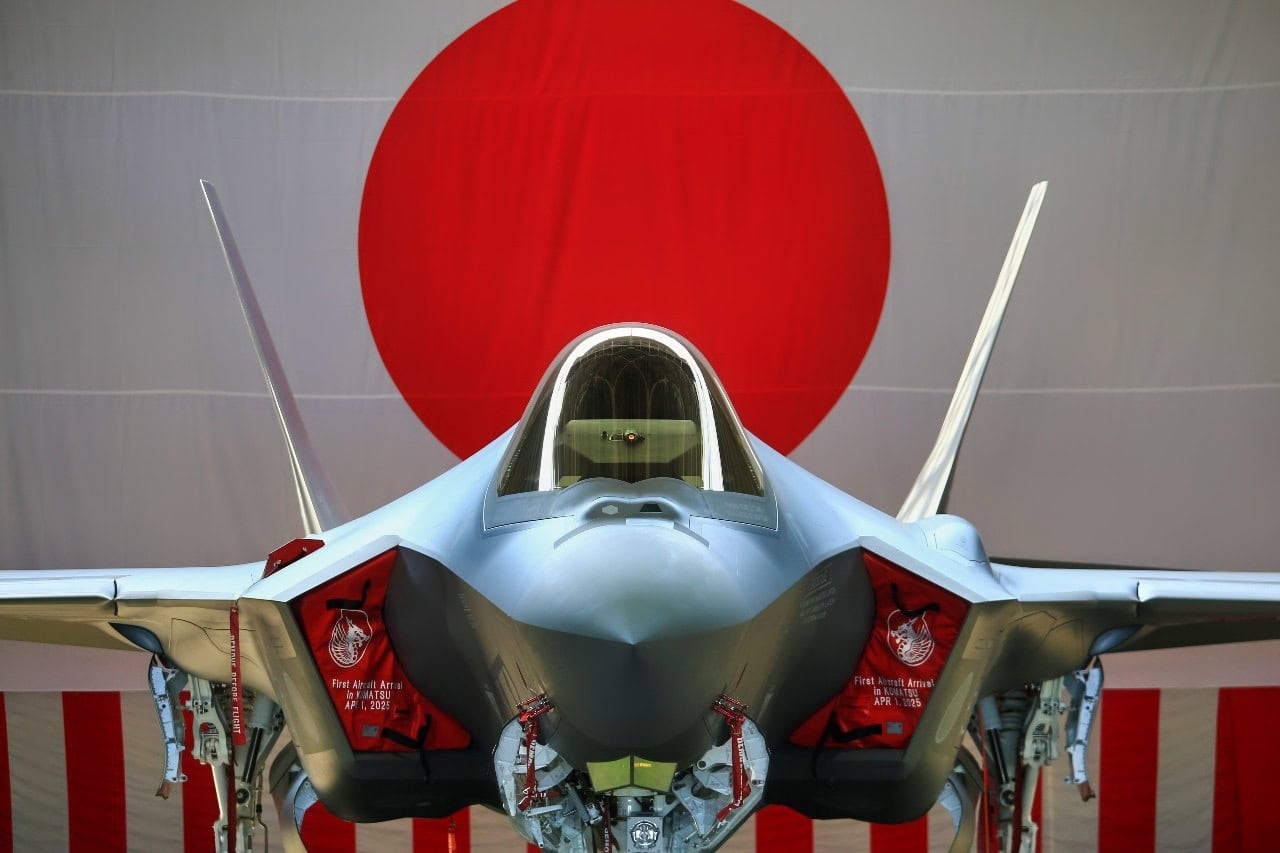Key Points – As President Trump’s trade wars strain U.S. alliances, Canada and European nations fear their F-35 fleets could become hostage to American politics.
-The Pentagon tightly controls spare parts, upgrades, and software for Lockheed Martin’s stealth fighter, creating vulnerabilities for operators abroad.
-Canadian and Danish officials openly question their reliance on American-made jets, citing risks that spare parts and critical updates could be withheld.
-Former Royal Canadian Air Force head Yvan Blondin warns Canada’s dependency on U.S. goodwill makes the F-35 a liability.
-Some countries are now reconsidering their fighter-jet strategies, possibly moving toward a more diversified and independent approach.
F-35 Nightmare: Canada Fears U.S. Could Ground Its Fighter Jets
Burned by the trade war U.S. President Donald Trump is waging on friends, allies, and enemies across the globe, F-35 operators abroad worry the Pentagon could hamstring F-35s in foreign service by throttling the flow of spare parts.
Lockheed Martin’s F-35 Lightning II is an export success and is now in service with European NATO allies, Israel, and other partners. But the U.S. Department of Defense controls the flow of crucial support equipment for the jet.
F-35s in service with Canada, with the Luftwaffe in Germany, or elsewhere abroad, thus remain firmly dependent on the U.S. government to continue flying.
And that fact has a number of countries asking, given America’s new, more antagonistic relationship with most of the world, whether the F-35 has changed from a powerful geopolitical asset into a significant liability.
Some of the strongest voices saying that it has, emanate from Canada.
In Canada, More than Concerns — Outright Consternation
Yvan Blondin, a retired lieutenant general in the Royal Canadian Air Force, says that Canada has to nix any further purchases of F-35s.
Blondin was the head of the Royal Canadian Air Force from 2012 to 2015. Writing on LinkedIn, he claimed the United States has proven to Canadians that it is not the reliable partner it had been in the past.
“Reliance on a US defence umbrella, a critical factor since the end of WW2 for so many countries, is no longer guaranteed. No affected country can afford to close its eyes and hope that 2026 or 2028 elections in the US will bring everything back to ‘normal’… and not happen again,” Blondin explained. “The toothpaste cannot go back in the tube. We have no choice but to consider its impact and figure out how to adjust to this newly created global insecurity.
“The reality is that, without US consent, no country can hope to operate the F-35 for long: the US controls its operating software, updates, upgrades, maintenance, parts and armament.”
Blondin added: “The current US F-35 programme dependency on international partner parts production cannot be taken for granted either; the way US relationships with its closest allies are deteriorating, the current administration may at any time put an end to these contracts and repatriate the production of essential parts critical to its own defence, and for the 50-year-life of the programme. Believing that the currently ‘allowed’ Canadian production of F-35 parts is a guarantee for the future of the Canadian F-35 programme would be naïve at this point.”
F-35 Concern in Europe, Too
Some of the United States’ other allies have also seen their previously firm trust in the U.S. deeply shaken, and people there are openly expressing their regret about their countries’ choices to purchase the F-35 platform.
Rasms Jarlov, a lawmaker from Denmark, took to social media to give voice to his dismay.
“As one of the decision makers behind Denmark’s purchase of F35’s, I regret it,” Jarlov wrote. Jarlov said the Department of Defense can “certainly disable the planes by simply stopping the supply of spare parts.
“Therefore, buying American weapons is a security risk that we can not run. We will make enormous investments in air defence, fighter jets, artillery and other weapons in the coming years, and we must avoid American weapons if at all possible.”
Alternatives to the F-35
At the present moment, there are no obvious, viable alternatives to the F-35 fighter jet in mass production, let alone in service. Lockheed Martin owns the fifth-generation market, for now. Are there alternatives to the advanced American stealth fighter on the horizon? There might be.
One possibility could be the GCAP project, a multi-national effort to field a sixth-generation fighter. That initiative brings together the expertise of the United Kingdom’s BAE Systems and Italy’s Leonardo, as well as Japan’s Mitsubishi Heavy Industries.
Those three countries are combining their aeronautical strengths and sharing project costs. Rumor has it that Saudi Arabia has also expressed a desire to join the effort.
And while Riyadh is, compared to the other three countries, an aerospace lightweight, the Saudis could bring a needed infusion of cash into a project that could prove to be hugely expensive.
What Happens Now?
Other countries will have to forge their own paths forward. In Canada’s case, a previously unthinkable notion has been broached: flying a two-fighter fleet of F-35s and another fighter-jet model to minimize exposure to an American spare-parts freeze.
Though Ottawa has long eschewed a two-fighter air fleet due to logistical and training complexities, concern runs deep enough about the future reliability of the F-35 to open the question.
About the Author: Caleb Larson
Caleb Larson is an American multiformat journalist based in Berlin, Germany. His work covers the intersection of conflict and society, focusing on American foreign policy and European security. He has reported from Germany, Russia, and the United States. Most recently, he covered the war in Ukraine, reporting extensively on the war’s shifting battle lines from Donbas and writing on the war’s civilian and humanitarian toll. Previously, he worked as a Defense Reporter for POLITICO Europe. You can follow his latest work on X.

